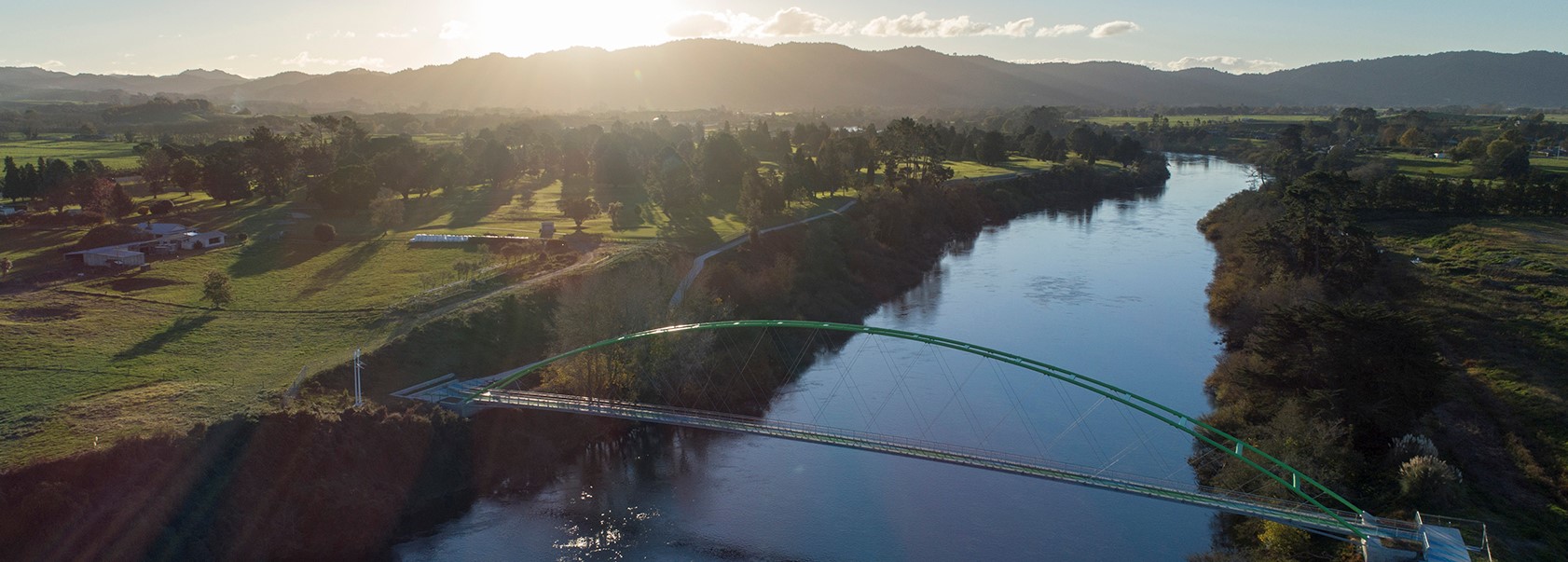Thinking about protecting your assets in a relationship? In this article, Paul Gascoigne sets out what you need to know about prenups and relationship property agreements in New Zealand.
Back to the Future – Government announces a “new” direction for Resource Management system
The Resource Management Review Panel (Panel) has recommended a statutory framework for resource management in New Zealand which involves the repeal and replacement of the Resource Management Act 1991 (RMA). This first of a series of three articles discusses what can be expected under the primary Act that the Panel proposes should replace RMA, the proposed Natural Built and Environment Act (NBEA).

The recommendations of the Panel are set out in full in its recent report New Directions for Resource Management in New Zealand (Report). There is a general theme in the Report that the resource management system needs to be replaced with a legislative regime which will provide more efficient and effective resource management outcomes for the environment, the people and the economy. Arguably, the most striking aspect of the Report is that the RMA is set to be replaced by independent statutes. If the Panel’s recommendations are implemented, a revised regime would be reminiscent of the days of the former Town and Country Planning Act 1977 and associated legislation where the built and natural environment were regulated separately.
The NBEA would be a new Act which would most closely resemble the RMA. It would have a markedly different approach to the RMA as there would be a new focus on setting targets and limits for both the natural and built environments and delivering specified outcomes. Some other key features of the NBEA are set out below.
Reducing Complexity
A key recommendation of the Report is that the NBEA should replace the RMA to reduce complexity and improve the overall coherence of the legislation. The NBEA would be different from the RMA in that it would focus on outcomes-based planning. The RMA has been criticised for being overly reactive as it tries to manage the effects of resource use under the tenet of “sustainable management”. The NBEA would focus on enhancing the quality of the environment, the provision of housing and achieving positive outcomes to support the wellbeing of present and future generations.
Consenting Process
The Panel has recommended that land use and subdivision consents, and water, discharge and coastal permits should all be retained under the new regime. One area where the Panel is willing recommend a change to the status quo is the notification of consents.
The Panel proposes that:
- The current rules on notification of consent applications should be changed by removing the ‘no more than minor’ effects threshold and replacing the test with clear provisions for when and how notification should occur;
- There should be a presumption that controlled activities will not require notification;
- Restricted discretionary applications could be notified or not, but the local authority would specify in its plan whether this was the case; and
- All discretionary applications should be fully notified.
Policy and Planning Framework
The Panel also recommends that there should be a mandatory plan for each region combining regional policy statements and regional and district plans, with the functions of regional councils and territorial authorities being clearly set out. The plans would be prepared by a committee including a representative of the Minister of Conservation and representatives of:
- The regional council;
- Each constituent territorial authority in the region; and
- Mana whenua.
The role of the amalgamated plans is to set out how the outcomes in the NBEA could be delivered in a particular region. It is also recommended that the Ministry for the Environment undertake an audit of each plan prior to its notification.
Te Tiriti o Waitangi
It is widely accepted that the current resource management system does not sufficiently recognise Te Tiriti o Waitangi or protect Maori interests in resource management.
To address this shortcoming, the Panel has suggested that recognition of the concept of Te Mana o Te Taiao should be a primary purpose of the NBEA. The concept refers to the enhancement of the natural and built environment to support the wellbeing of present and future generations. It is further proposed that the current Treaty section in the RMA (s 8) be modified so that decision-makers are required to ‘give effect to’ the principles of Te Tiriti and that a National Maori Advisory Board should also be established to monitor the performance of central and local government in giving effect to Te Tiriti.
These changes just scrape the surface of the proposed changes highlighted in the Report, however they are indicative of a shift in resource management towards a system which is, hopefully, more user-friendly and streamlined. In the next article we will discuss the fundamental features of the proposed Strategic Planning Act (SPA), which seeks to provide a framework for mandatory spatial planning for both land and the coastal marine area.
You can read the full version of the Report (New Directions for Resource Management in New Zealand) here: https://www.mfe.govt.nz/sites/default/files/media/RMA/rm-panel-review-report-web.pdf
If you have a question about the Report or need any assistance with being involved in a district plan or regional plan process, please contact our the Resource Management team.
This article is current as at the date of publication and is only intended to provide general comments about the law. Harkness Henry accepts no responsibility for reliance by any person or organisation on the content of the article. Please contact the author of the article if you require specific advice about how the law applies to you.
For further information



